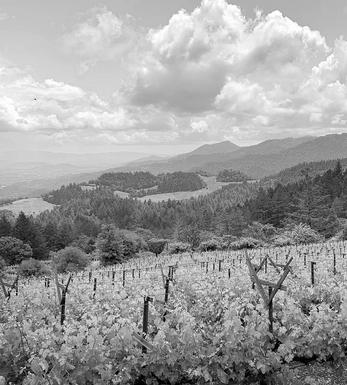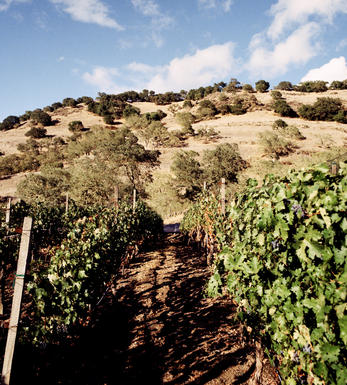
2013 Philip Togni Vineyard, Cabernet Sauvignon, Napa Valley, California, USA

Critics reviews
Lisa Perrotti-Brown - 29/06/2018
About this WINE

Philip Togni Vineyard
Founded by Philip Togni and his wife Birgitta in the 1980s, the estate has gained a reputation for producing exceptional Bordeaux-style wines often characterised by their elegance, balance, and ageing potential.
With a background in vineyard management and winemaking, Philip Togni established his eponymous winery intending to craft wines that reflect the unique terroir of his Spring Mountain estate in California. He embraced a traditional and minimal intervention approach to winemaking, focusing on the expression of the vineyard and the varietals he cultivated.
The vineyard is in an elevated and rugged area within the Napa Valley. The elevation and cooler climate contribute to longer growing seasons and slower ripening, leading to wines with depth and complexity. The wines are predominantly made from Cabernet Sauvignon and other Bordeaux varieties such as Merlot, Cabernet Franc, and Petit Verdot, exhibiting a more old-world style.
Togni’s winemaking philosophy focuses on crafting wines meant to age gracefully. He employs traditional techniques such as long ageing in oak barrels and minimal manipulation during winemaking. The wines are well-structured, with firm tannins and balanced fruit and acidity.

Napa Valley
North Coast's Napa Valley is California's most famous viticultural area (AVA), claiming some of the most expensive agricultural land in the world and producing wines of ‘cult’ status.
Its 16,000 ha of vines lie over a strip (40 miles long-5 miles wide) of diverse soils (clay, gravely, volcanic), with its northernmost end on the side of Mountain Helena and its foot in San Francisco Bay. The valley is framed by two mountains ranges Vaca (to the north) and Mayacamas (to the south), yet the main climatic influence is the cool wind and fog that is sucked in from San Pablo Bay during the afternoon, allowing grapes to ripen slowly and evenly.
The area enjoys a variety of unique microclimates, as temperatures can vary dramatically as much as 15 degrees, from the north to the south end of the valley. These differences have led to the creation of several sub-AVAs (14 in total) including:
Atlas Peak, Chiles Valley District, Diamond Mountain District, Howell Mountain, Los Carneros, Mt. Veeder, Oakville, Rutherford, St. Helena, Spring Mountain District, Stags Leap District, Yountville, Wild Horse Valley and Oak Knoll District. The Calistoga AVA is still pending approval.
Both the “Napa Valley” designation and the sub-AVA name must appear on the wine label simultaneously, with the exception of wines from the Carneros AVA, which is shared between the Napa Valley and the Sonoma County.
Cabernet Sauvignon is the undisputed king of Napa grapes, occupying over 45% of the vineyard acreage, followed by (predominantly) Chardonnay, Sauvignon Blanc, Chenin Blanc, Riesling, Zinfandel, Merlot, Cab. Franc and to a lesser extent Petite Sirah, Sangiovese, Barbera, Dolcetto.
Recommended Producers
Frog's Leap, Dominus, David Ramey, Viader, Stag's Leap Cellars, Paras Vineyards, Heitz.

Cabernet Sauvignon Blend
Cabernet Sauvignon lends itself particularly well in blends with Merlot. This is actually the archetypal Bordeaux blend, though in different proportions in the sub-regions and sometimes topped up with Cabernet Franc, Malbec, and Petit Verdot.
In the Médoc and Graves the percentage of Cabernet Sauvignon in the blend can range from 95% (Mouton-Rothschild) to as low as 40%. It is particularly suited to the dry, warm, free- draining, gravel-rich soils and is responsible for the redolent cassis characteristics as well as the depth of colour, tannic structure and pronounced acidity of Médoc wines. However 100% Cabernet Sauvignon wines can be slightly hollow-tasting in the middle palate and Merlot with its generous, fleshy fruit flavours acts as a perfect foil by filling in this cavity.
In St-Emilion and Pomerol, the blends are Merlot dominated as Cabernet Sauvignon can struggle to ripen there - when it is included, it adds structure and body to the wine. Sassicaia is the most famous Bordeaux blend in Italy and has spawned many imitations, whereby the blend is now firmly established in the New World and particularly in California and Australia.


Buying options
Add to wishlist
Description
Deep garnet-purple in color, the 2013 Cabernet Sauvignon Estate offers up a crme de cassis, violets, dark chocolate and licorice core with nuances of lavender, unsmoked cigars, beef drippings and iron pan plus a touch of baking spices. Medium to full-bodied with a solid frame of plush tannins and great freshness, it has a wonderful core of muscular fruit and plenty of power juxtaposed by bags of finesse in the multilayered finish.
Lisa Perrotti-Brown - 29/06/2018
wine at a glance
Delivery and quality guarantee